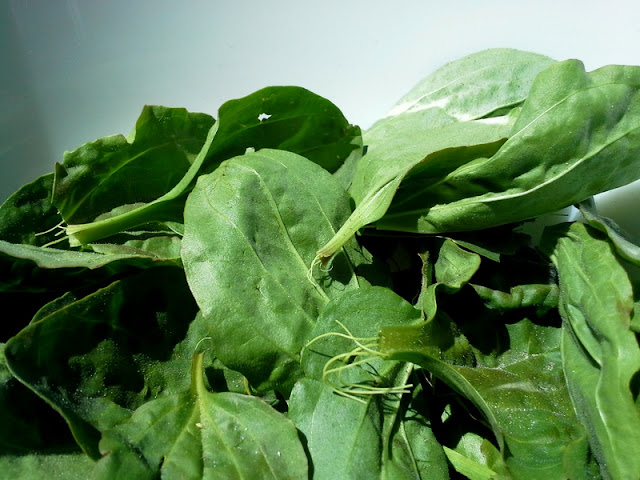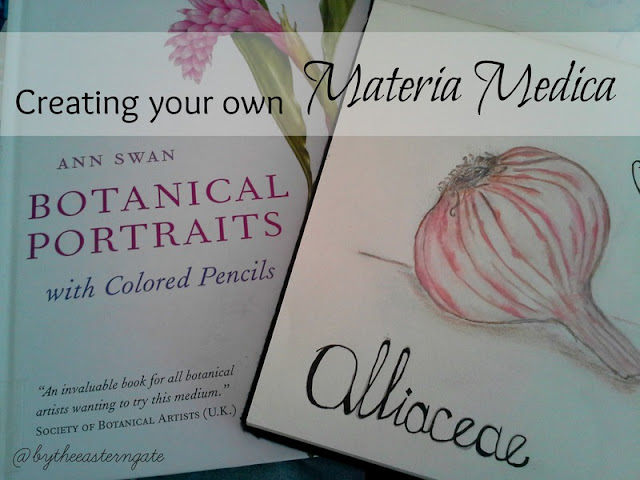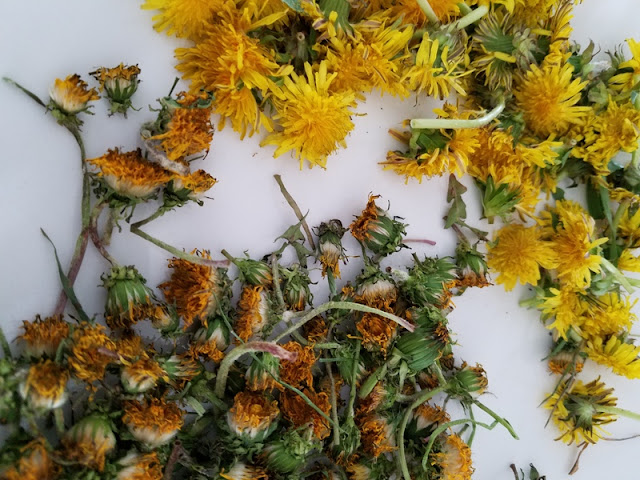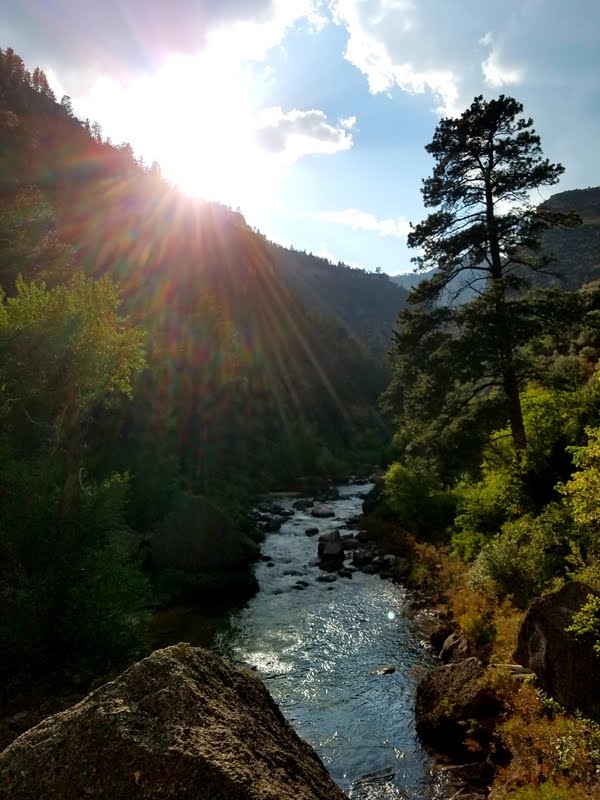Plantain was one of the first herbs my
mama ever exposed me to, via a bee sting. This experience included
saliva, a kiss and something that resulted in a green mushy paste. Like her, it was one of the first herbs that I exposed my little
girl to.
It grows just about everywhere and is
a 'foundation' herb in my home apothecary. During the season's of
growth, I pick it early in the morning, before the sun has warmed the
leaves to hot. Or in the evening, when the leaves have cooled to
chill. Most of the time I dry them by laying them out flat after a
quick rinsing bath.
When the harvest is dry, my herbal
canvas is ready... then comes a cultivation of color in hues of
green and oil. Nutrient dense, known for the ability to draw and to
purify, powerful in standing alone or being supportive in teamwork.
For a Plantain Poultice:
You will need a handful of fresh, young
plantain leaves. Or whatever amount is needed to cover the area where
the poultice will be applied. Mush them. Unless it's very close
family members, please do not put them in your mouth and chew them up
to use... this should be reserved only for those mama's needing to
deal with an issue quickly.
Trust me.
Trust me.
Next - apply this green mush to the affected
area... and cover with a cloth wrap or bandage. After roughly thirty
minutes, remove and repeat. Use as needed. I often buy cotton sheets from the thrift stores and wash them really well,
dry them in the sun and then rip them into strips for this very use.
Please Note: I do not treat, diagnose, nor imply disease/illness prevention. I am an herbalist and not a physician, my statements have not been approved nor evaluated by the FDA. I have received formal education from Vintage Remedies, and am currently saving my dimes to pay for my next learning experience.






















